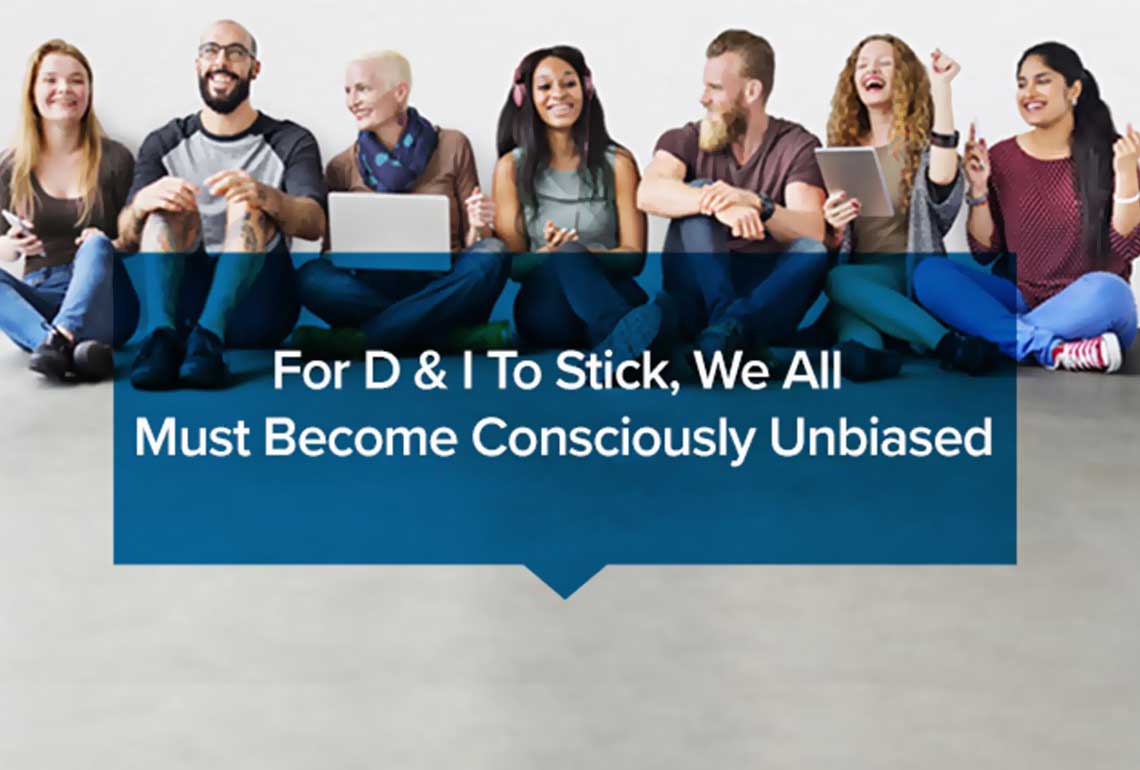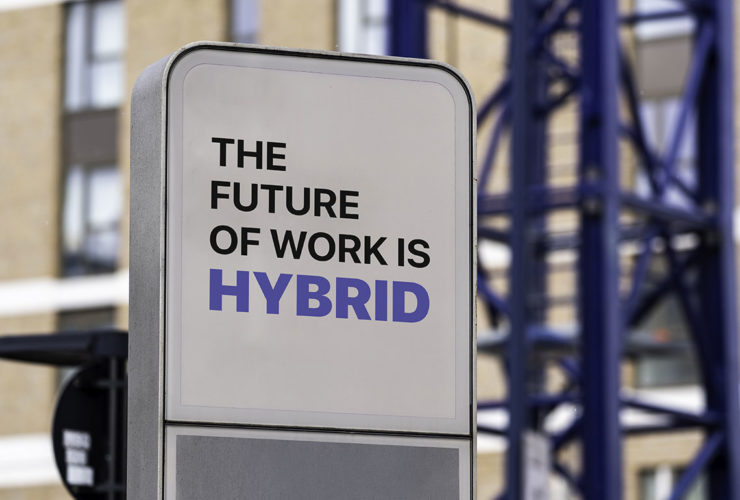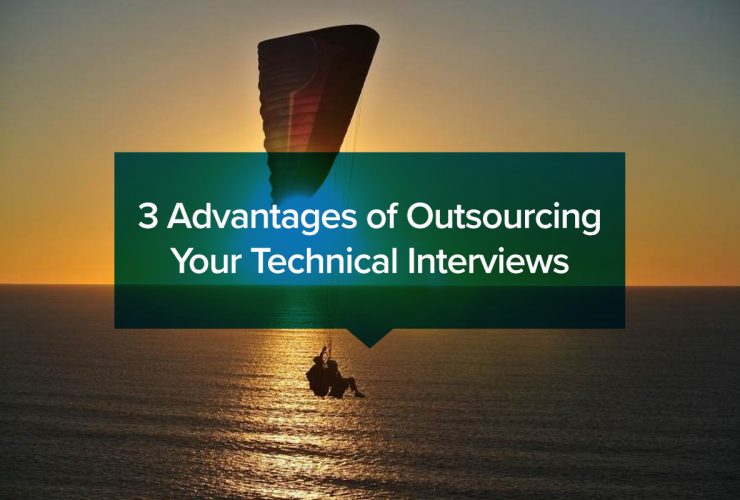Can you imagine a workplace where humans are actually conscious of their inherent biases? Ashish Kaushal can and is doing something about it. Ashish, CEO of Hire Talent and Co-Founder of Consciously Unbiased, is our special guest on eTeki’s latest edition of The Collective Voice podcast.
While working with HireTalent, one of eTeki’s customers, we have had the privilege to regularly learn from Ashish, a true expert in this field, about modern diversity and inclusion initiatives. So much so, we had to get his voice out to recruiters and HR Pros alike. In this edition of The Collective Voice, Ashish along with our host, William Tincup, share insight into how to create D&I initiatives that stick.
Individual Employees Must Commit To Change
We’ve heard the term “The whole is greater than the sum of its parts.” However, for diversity and inclusion (D & I) initiatives to stick, the “whole must be equal to the sum of its parts.” By that we mean actionable D & I change requires more than organizational commitment. It requires an effort by individuals equal to that of the organization to propel meaningful behavioral change.
Breaking the Bias is Letting Curiosity Win Over Fear of the Unknown
Ashish believes, “…if you think about biases, they are partially based on life experiences, right? (It)… defines who you are as a person. So let’s own it and not shy away from it. Now you are in control of it and it’s about applying your biases correctly in the right situations. To overcome bias it’s an internal struggle between curiosity and fear of the unknown. If you let curiosity win, you will realize the things you may have had biases about are not what they appeared to be”.
The term “diversity” cannot be a dirty word, nor something to shy away from. To eliminate the fear of the unknown, identify who is in your ‘crowd”, who is not, and what life experiences may have shaped your biases on people you may not know. More importantly, what biases shaped your opinions about people you may fear. To eliminate that fear, learn more about that group, learn more about their stories, and create a new life experience. As William Tincup states, “Shine a light on that darkness.
Biases Can Be Cured with Curiosity
Biases are much more complicated than the categories protected by Title VII. The lack of understanding of these complexities can be an obstacle in strategic D & I implementation and HR departments should be awa
Ashish states, “So, there’s two sides of the equation, there are biases and there’s curiosity, right? And so people who are super curious in life…overcome their resistance to change or experiencing or discovering things. And so if you (the organization) can feed them (employees) curiosity…I think you can overcome biases as well”.
What Recruiters Can Do To Control Bias
There are a few things that quickly come to mind based on our conversation with Ashish:
- If you are recruiting talent, especially younger talent, tell them your company’s diversity “story.” Modern workers want to work in “socially good” environments.
- Be prepared to tell candidates how all employee performance is measured. Is the measurement objective? More importantly, do all employees have a fair shake at being assessed by their work rather than a bias.
- Recruiters should assess their own biases. Look beyond gender or color biases. Do you have biases on things like southern accents, certain schools, or age?
To learn more about how to engage individuals in your D&I efforts, in addition to other great insights for Ashish Kaushal, check out the entire podcast.

Amanda Cole
Vice President at eTeki, specializes in recruiting and training contingent resources, as well as leading organizations leveraging this type of workforce for multi-million dollar service delivery.







